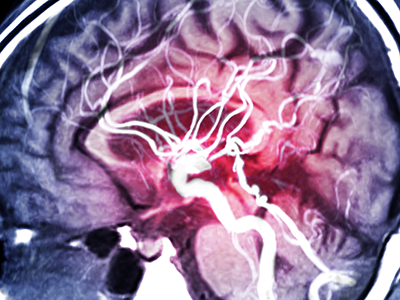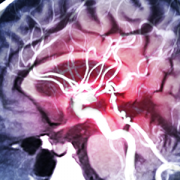A new framework helps guide safe pediatric diagnostic cerebral angiography

Although many practitioners perform cerebral angiograms in children, these practitioners have varying levels of prior neuroangiography training and experience.
The Society of Neurointerventional Surgery (SNIS) Pediatric Committee published practice guidelines for pediatric diagnostic cerebral angiography (DCA) in a recent report. Monica Pearl, M.D., director of Neurointerventional Radiology Program at Children’s National Hospital, and other experts developed a framework within the report to ensure that DCA is performed safely in children. The findings detailed specific procedural considerations as well as peri-procedural evaluation and care.
“Diagnostic cerebral angiography has a low complication rate and maintaining this safety profile in children is an expectation for all practitioners performing this procedure,” Dr. Pearl said. “This is predicated on supplementing prior training and experience with a sustained, consistent volume of pediatric cases while paying special attention to the important nuances described in the findings.”
Although many practitioners perform cerebral angiograms in children, these practitioners have varying levels of prior neuroangiography training and experience. Dr. Pearl and experts suggest that a consistent volume of pediatric cases, modifications in device sizes, medication dosing, radiation protocols and technique are necessary to maintain the expected favorable safety profile. The recommendations also include referral to a higher-volume pediatric center or practitioner for those operators who infrequently perform cerebral angiography in children.
“Patient families and referring providers should seek practitioners with ample pediatric neuroangiography experience,” Dr. Pearl advised. “We provide this level of care and experience here at Children’s National.”
As the senior author for this paper, Dr. Pearl led this effort and shaped the task force recommendations providing critical input based on her current and prior pediatric neuroangiography experience. She and her team continue to serve as the leading advocates for the safety of cerebral neuroangiography procedures in children.











